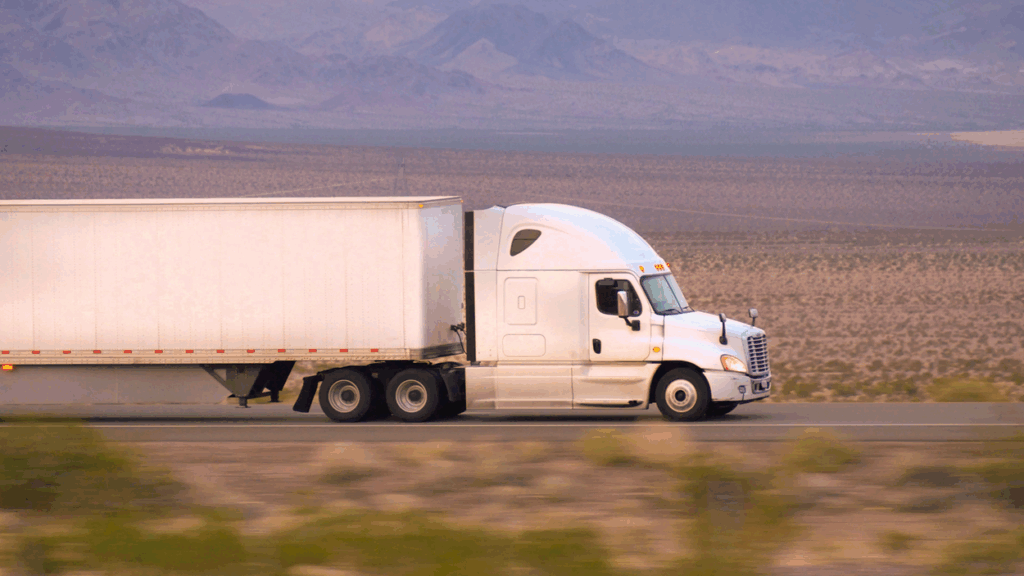The logistics industry has been buzzing about autonomous trucks for years. Advocates argue that driverless vehicles will solve the driver shortage, reduce costs, and streamline long-haul efficiency. But beneath the hype lies a sobering reality: autonomous trucking, in its current state, is not safe enough for widespread deployment. Here are some of our thoughts.
1. Technology Limitations
- Complex Road Scenarios: Unlike highways with predictable flows, trucks must navigate construction zones, weather changes, unexpected road debris, and human driver errors. Current AI models can’t consistently interpret these edge cases.
- Sensor Reliability: Cameras, LIDAR, and radar struggle with fog, heavy rain, and snow — conditions that professional drivers adapt to with instinct and experience.
- Cybersecurity Risks: Autonomous vehicles are vulnerable to hacking, which raises the stakes when an 80,000-pound truck can be remotely manipulated.
2. Safety Concerns
- Reaction Time vs. Judgment: While computers may react faster than humans, they lack nuanced judgment. A driver might anticipate an accident ahead by noticing subtle cues (like brake lights three lanes over), something algorithms don’t yet replicate.
- Accident Case Studies: Several high-profile autonomous vehicle crashes have proven the technology is far from foolproof. The stakes are exponentially higher with heavy trucks.
- Shared Roads: Passenger vehicles, cyclists, and pedestrians will always behave unpredictably, and autonomous systems are not yet adaptive enough to manage those interactions safely.
3. Human Factors That Can’t Be Replaced
- Experience and Intuition: Veteran truckers know when to brake early on a steep grade, or how to gently adjust speed on icy roads — skills honed over years and impossible to fully encode in software.
- Accountability: When something goes wrong, responsibility falls on the driver today. In an autonomous world, liability is murky — does it fall on the trucking company, the software provider, or the manufacturer?
4. Regulatory and Infrastructure Gaps
- Lack of Standards: Federal and state regulations are still inconsistent, leaving safety oversight fragmented.
- Infrastructure Readiness: Roads, signals, and communication systems were built for human drivers. Autonomous trucks would require major investments in smart infrastructure to be truly safe.
5. The Future Path: Augmentation, Not Replacement
Instead of replacing drivers, the safer path forward is driver-assist technologies that enhance human capabilities:
- Collision avoidance
- Lane-keeping assistance
- Real-time fatigue monitoring
- Predictive maintenance
These innovations make trucking safer without removing the human element entirely.Autonomous trucking may eventually become viable, but the industry cannot afford to gamble public safety on unproven technology. Until the systems can reliably handle every scenario, the safest route forward is empowering human drivers with smarter tools — not replacing them.
